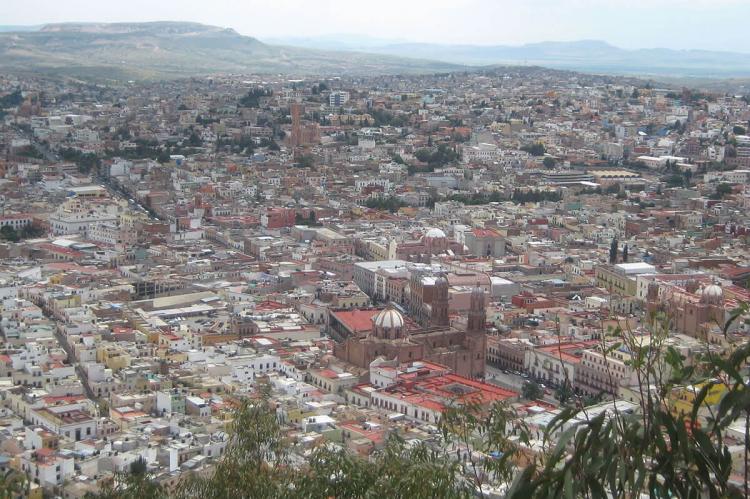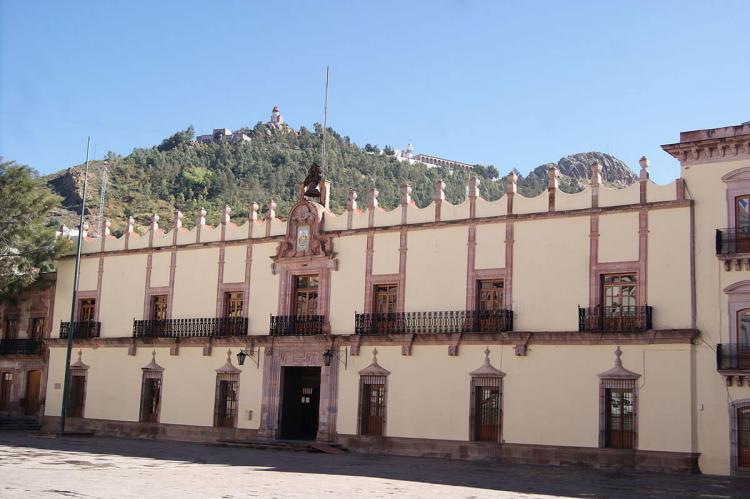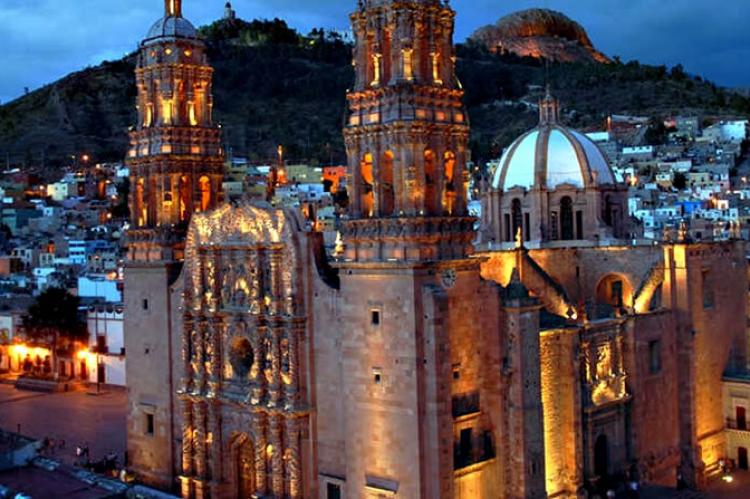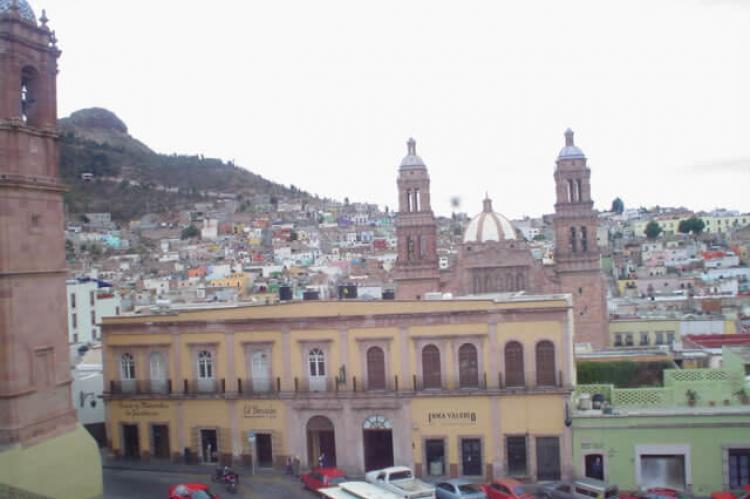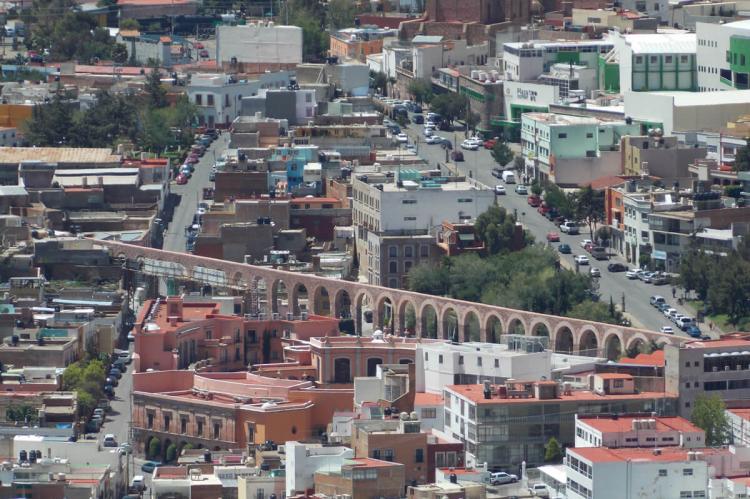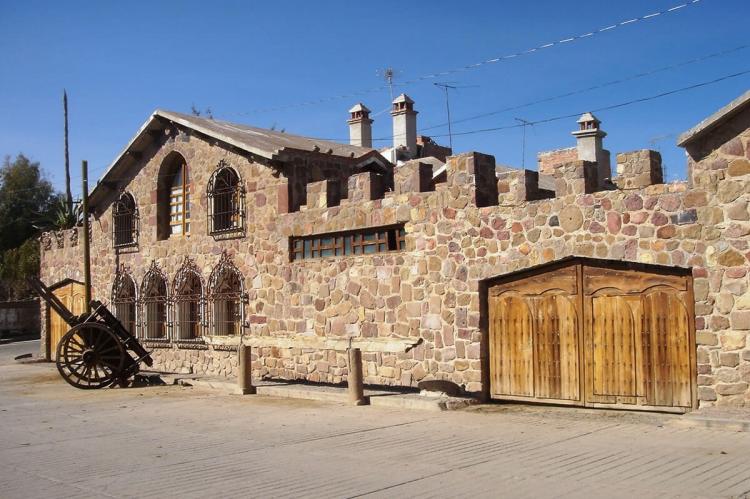Zacatecas: A Silver City Shaped by History and Culture
Zacatecas, a colonial city in central Mexico, is a captivating blend of history, architecture, and cultural vibrancy. Renowned for its role in the silver mining boom that defined much of Mexico's colonial economy, the city has preserved its historic charm while evolving into a modern urban center.
The Silver Legacy of Zacatecas: History and Heritage in the Heart of Mexico
Zacatecas, a colonial city in central Mexico, is a captivating blend of rich history, stunning architecture, and cultural vibrancy. Renowned for its role in the silver mining boom that defined much of Mexico's colonial economy, Zacatecas has managed to preserve its historic charm while evolving into a modern urban center. The Historic Center of Zacatecas, a UNESCO World Heritage Site, embodies the city's enduring legacy, showcasing well-preserved colonial architecture, winding cobblestone streets, and a wealth of cultural and historical landmarks. By delving into Zacatecas's historical significance, architectural splendor, and cultural richness, a comprehensive understanding emerges of how this city has contributed to Mexico's national identity.
Historical Significance of Zacatecas
Colonial Foundations and Economic Impact
The history of Zacatecas is deeply intertwined with the silver mining industry, which played a pivotal role in its development and prosperity. The city was founded in 1546 by Spanish conquistadors following the discovery of rich silver deposits in the area. This discovery marked the beginning of Zacatecas' rise as a major mining center, contributing significantly to the wealth of the Spanish Empire. During the colonial period, Zacatecas quickly became one of the most important mining cities in the Spanish colonies. The silver extracted from the mines was instrumental in financing Spain's imperial ambitions, including expanding its territories in the Americas and beyond. The city's strategic location along the Camino Real de Tierra Adentro, a key trade route that connected Mexico City to the northern territories, facilitated the transport of silver and other goods, further enhancing its economic significance.
Independence and Revolutionary Struggles
Zacatecas played a significant role in Mexico's fight for independence from Spain in the early 19th century. The city's strategic and economic importance made it a focal point of military campaigns during the Mexican War of Independence. Later, during the Mexican Revolution, Zacatecas was the site of the famous Battle of Zacatecas in 1914, one of the most decisive conflicts of the revolution. The battle resulted in a victory for revolutionary forces led by Pancho Villa, which marked a turning point in the struggle against the regime of Victoriano Huerta.
Architectural and Urban Splendor of the Historic Center
The Cathedral of Zacatecas
One of the most iconic structures in the Historic Center is the Cathedral of Zacatecas, a masterpiece of Mexican baroque architecture. Constructed between 1730 and 1760, it is renowned for its intricately carved pink stone facade, which features elaborate reliefs depicting religious scenes, angels, and saints. The cathedral's interior, with its impressive altars and fine artworks, is equally captivating, making it a focal point of religious and cultural life in the city.
El Edén Mine and La Mina Club
The El Edén Mine, once a significant source of silver for the Spanish Empire, is now a popular tourist attraction that offers a glimpse into the city's mining heritage. Visitors can explore the underground tunnels and learn about the history of silver mining in Zacatecas. The mine also houses La Mina Club, an underground nightclub located deep within the tunnels, blending Zacatecas' historical roots with contemporary entertainment.
Plaza de Armas and the Palacio de Gobierno
The Plaza de Armas, Zacatecas's main square, is surrounded by important civic and religious buildings, including the Palacio de Gobierno (Government Palace). This building, with its neoclassical facade and richly decorated interior, houses the state government. The plaza is a vibrant public space that hosts festivals, markets, and cultural events, reflecting the city's dynamic community life.
Aqueduct of Zacatecas
Another architectural marvel is the Zacatecas Aqueduct, constructed in the 18th century to supply the city with water. With its series of elegant stone arches, the aqueduct remains a striking feature of the cityscape and a symbol of Zacatecas' historical ingenuity in urban infrastructure.
Cultural Richness and Heritage
Festivals and Events
Zacatecas is known for its lively cultural scene, which hosts numerous festivals throughout the year. One of the most famous is the Zacatecas Cultural Festival, which takes place every April and features a wide range of artistic performances, including music, dance, theater, and visual arts. The festival attracts local and international artists, making it a significant cultural event in Mexico. Another notable celebration is the International Folklore Festival, which highlights the traditional music and dances of Zacatecas and other regions and promotes the preservation of cultural heritage.
Museums and Galleries
The city is home to several museums that offer insights into its rich history and culture. The Rafael Coronel Museum, housed in a former Franciscan convent, boasts an extensive collection of masks, pottery, and colonial artifacts, reflecting the diverse cultural influences that have shaped Zacatecas over the centuries. The Pedro Coronel Museum, located in a stunning baroque building, features a collection of contemporary art, including works by renowned Mexican and international artists.
Cultural Influence and Artistic Expression
Zacatecas has long been a center of artistic expression, with a vibrant community of painters, sculptors, and musicians. The city's artistic heritage is evident in its galleries, workshops, and public art installations. The influence of Zacatecas' cultural legacy extends beyond its borders, contributing to the broader narrative of Mexican art and identity.
Conclusion
Zacatecas is a city where history, architecture, and culture converge to create a unique and compelling urban landscape. The Historic Center of Zacatecas, with its baroque cathedrals, colonial plazas, and vibrant cultural scene, serves as a living testament to the city's rich past and ongoing commitment to preserving its heritage. From its roots as a silver mining powerhouse to its role in Mexico's independence and revolutionary struggles, Zacatecas has continually shaped and been shaped by the events of history. Today, as a UNESCO World Heritage Site, Zacatecas honors its legacy and invites the world to experience the beauty and cultural richness that define this remarkable city.
